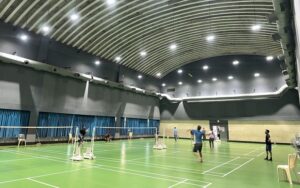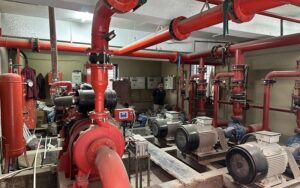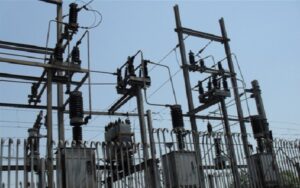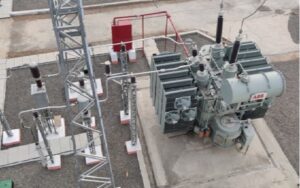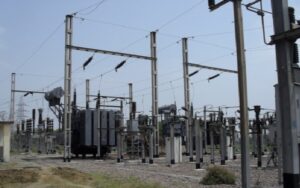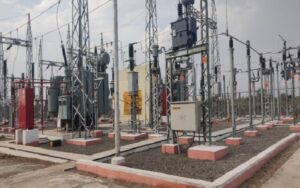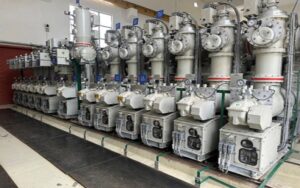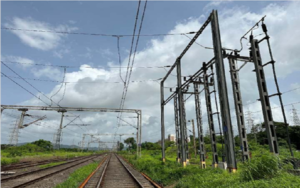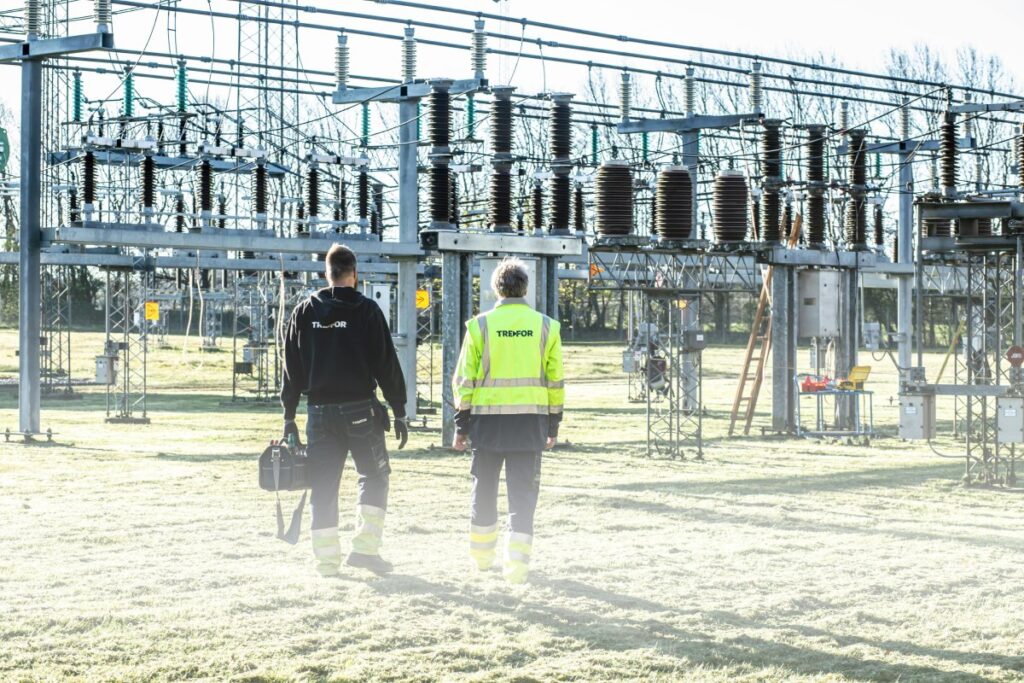 Introduction: Enhancing Power Substations for Better Performance
Introduction: Enhancing Power Substations for Better PerformancePower substations are the unsung heroes of our electrical grid, responsible for transforming and distributing electricity to homes, businesses, and industries. However, as our energy demands continue to grow, optimizing the efficiency of these substations becomes increasingly important. In this blog post, we’ll explore the significance of optimizing power substation efficiency and discuss innovative solutions that can help achieve this goal.
Understanding the Importance of Efficiency in Power Substations
Efficiency is key when it comes to power substations. An efficient substation ensures that electricity is delivered reliably and at minimal cost. This not only benefits consumers by keeping electricity prices stable but also reduces energy waste and environmental impact. Optimizing power substation efficiency means finding ways to deliver electricity more effectively, using resources wisely, and minimizing losses throughout the distribution process.
Improving Monitoring and Control Systems
One way to optimize power substation efficiency is by enhancing monitoring and control systems. By implementing advanced sensors and automation technology, operators can closely monitor equipment performance and detect issues before they escalate. Real-time data analysis allows for proactive maintenance, reducing downtime and improving overall reliability. Additionally, smart control systems enable operators to adjust voltage levels and distribution patterns dynamically, ensuring optimal efficiency under varying load conditions.
Upgrading Equipment and Infrastructure
Another crucial aspect of optimizing power substation efficiency is upgrading equipment and infrastructure. Aging substations often suffer from inefficiencies due to outdated technology and deteriorating components. By investing in modern equipment such as high-efficiency transformers, circuit breakers, and switchgear, substations can operate more effectively and consume less energy. Furthermore, infrastructure upgrades, such as replacing old cables and insulators, can minimize transmission losses and improve system reliability.
Implementing Renewable Energy Integration
The integration of renewable energy sources presents both challenges and opportunities for power substations. While renewable energy offers a clean and sustainable alternative to traditional fossil fuels, it also introduces variability and intermittency into the grid. Optimizing power substation efficiency in the context of renewable energy involves improving grid flexibility and resilience. This can be achieved through the deployment of energy storage systems, smart grid technologies, and advanced forecasting algorithms. By seamlessly integrating renewable energy resources into the grid, substations can maximize efficiency while reducing reliance on fossil fuels.
Conclusion: Driving Towards a More Efficient Future
In conclusion, optimizing power substation efficiency is essential for ensuring the reliability, affordability, and sustainability of our electrical infrastructure. By investing in innovative solutions such as enhanced monitoring and control systems, equipment upgrades, and renewable energy integration, we can unlock new levels of efficiency and performance in our power substations. As we continue to advance towards a cleaner and more resilient energy future, optimizing power substation efficiency will remain a top priority. We’d love to hear your thoughts on optimizing power substation efficiency. Have you encountered any innovative solutions or challenges in this area? Feel free to share your experiences and insights in the comments below! Your feedback is valuable as we work towards building a more efficient and sustainable energy system for generations to come.

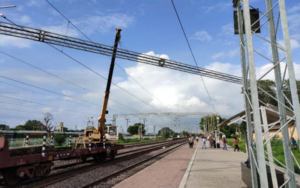
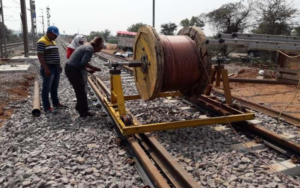 Design, Supply, Erection, Testing and Commissioning of Conversion of Unregulated OHE to Regulated overhead Equipment’s (OHE) of 25 KV A.C, single phase, 50 Hz. in Pune-Lonavala section and OHE modification in Pune- Daund section of Pune Division of Central Railway. Electrical OHE Work:
Design, Supply, Erection, Testing and Commissioning of Conversion of Unregulated OHE to Regulated overhead Equipment’s (OHE) of 25 KV A.C, single phase, 50 Hz. in Pune-Lonavala section and OHE modification in Pune- Daund section of Pune Division of Central Railway. Electrical OHE Work: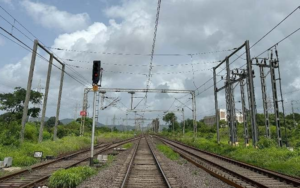


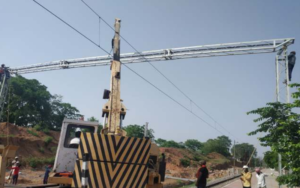
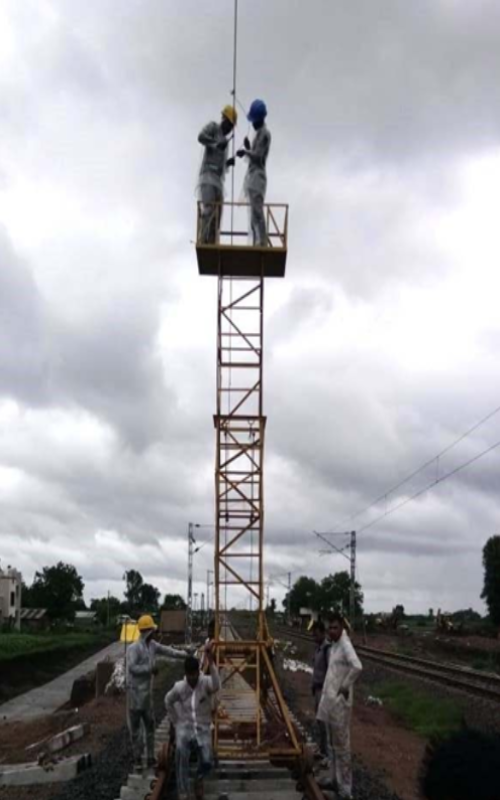 Supply, Erection, Testing & Commissioning of 25 KV AC OHE and other Associated works MYG, Karjan & Dabhoi in connection with G.C between MYG -SMLA.
Supply, Erection, Testing & Commissioning of 25 KV AC OHE and other Associated works MYG, Karjan & Dabhoi in connection with G.C between MYG -SMLA.